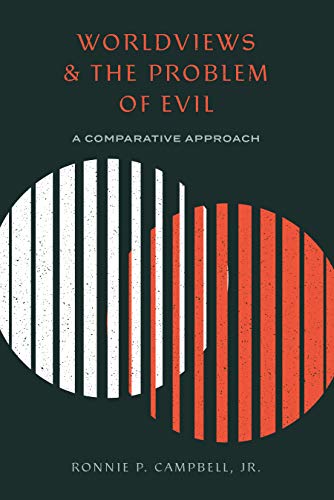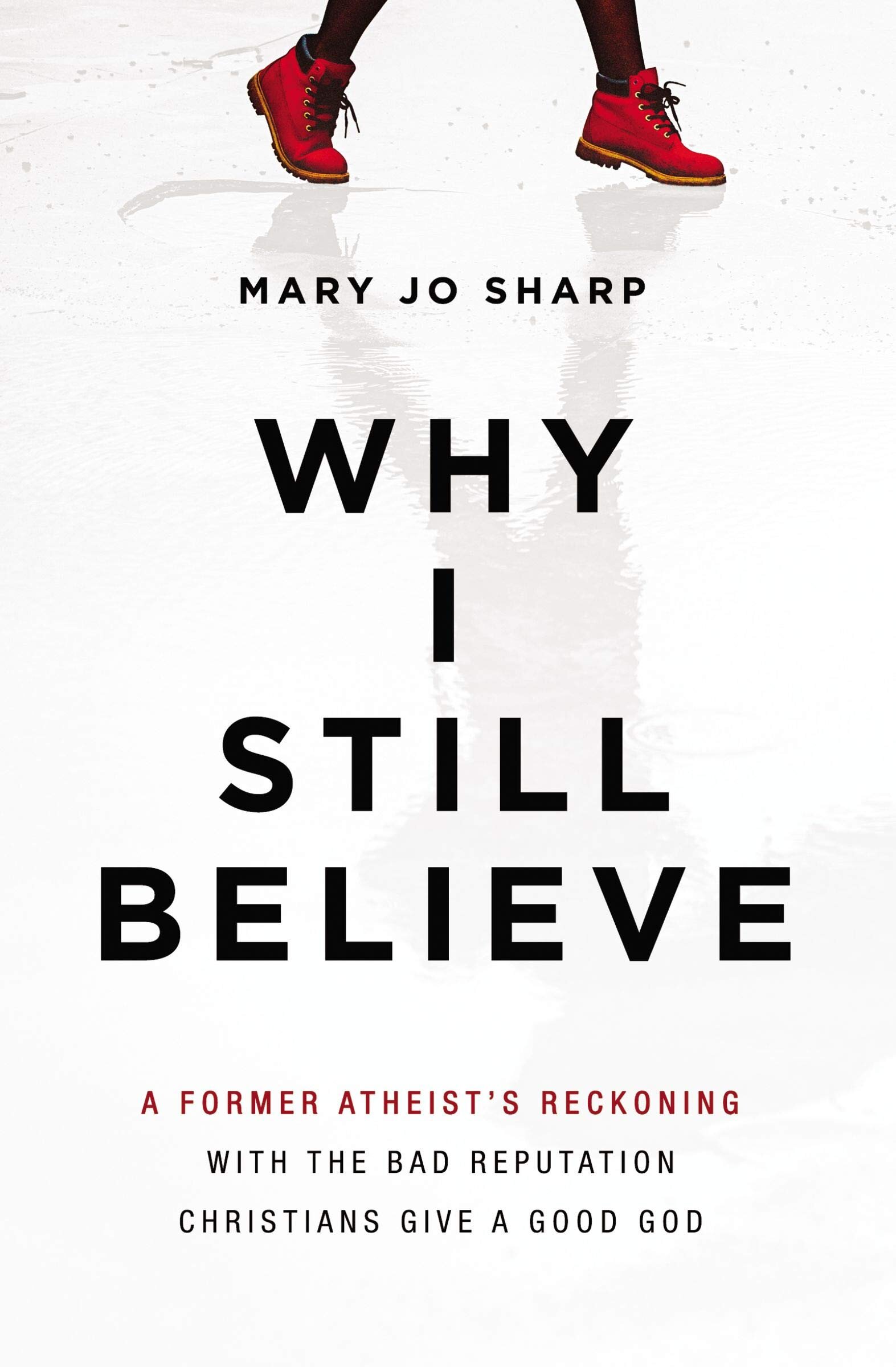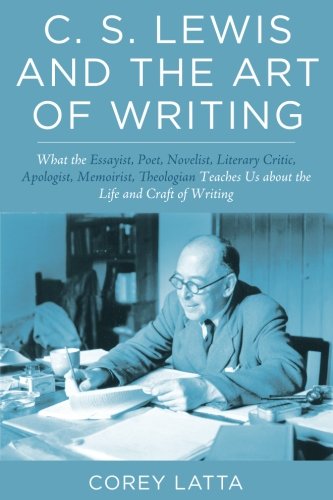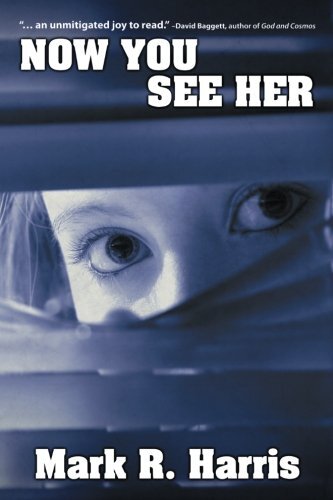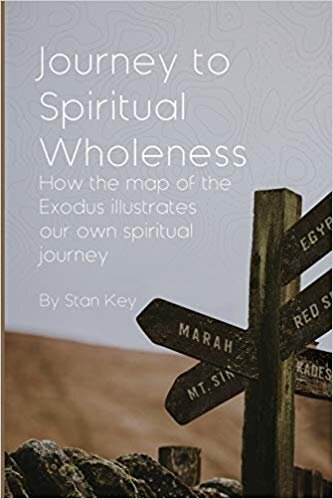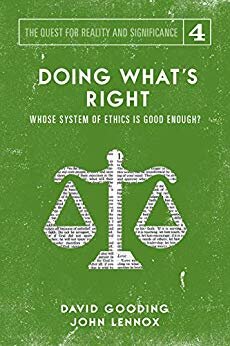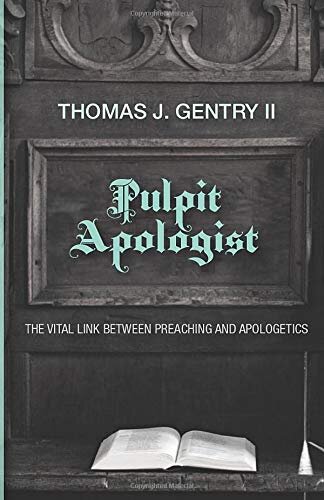“Petrine” refers to ideas, words, teachings, or documents attributed to the Apostle Peter. This article uncovers several aspects of apologetics that Peter was concerned about in the course of his writing.
The context of the verse is persecution.
Peter is referring to Jesus as God (Yahweh).
Peter is moralizing “apology”—a legal term.
The case for rational apologetics is in verse 14.
The Context of the Verse is Persecution
Part of the appeal of using 1 Peter 3:15 as a prooftext for apologetics is its completeness as a thought—true apart from its context. But as any Bible scholar will tell you, the context of a statement constrains its meaning and determines the author’s intent. Few realize that the audience in 1 Peter is concerned with persecution.
First Peter is written around 60 A. D. by the Apostle Peter to Christian “strangers” (1:1) living in a Roman milieu of pagan systems (termed by Peter as “Babylon” in 5:13); particularly in Asia Minor. The following is an outline of 1 Peter is given by Donald W. Burdick and John H. Skilton.
I. Greetings (1: 1– 2)
II. Praise to God for Salvation (1: 3– 12)
III. First Response to Suffering: Creating a Holy Community (1: 13— 2: 10)
A. Call to Holiness and Love (1: 13— 2: 3)
B. Creation of a Vibrant Community (2: 4– 10)
IV. Second Response to Suffering: Winsome Witness in Society (2: 11— 4: 19)
A. Navigating Authorities in State and Household (2: 11— 3: 12)
B. Introduction: identity as foreigners and exiles (2: 11– 12)
C. Submission of all to rulers (2: 13– 17)
D. Submission of slaves to masters (2: 18– 25)
E. Wives and husbands (3: 1– 7)
i) Submission of wives to husbands (3: 1– 6)
ii) Warning to husbands to respect wives (3: 7)
F. Conclusion: Seek good, not evil (3: 8– 12)
G. Suffering for Christ and as Christ Did (3: 13— 4: 19)
i) Good conduct despite possible persecution (3: 13– 17)
ii) Christ’s example of suffering and exaltation (3: 18– 22)
iii) Distinctive living among unbelievers (4: 1– 6)
iv) Exhortation summary: Love one another (4: 7– 11)
v) Doctrinal summary: Suffer for Christ (4: 12– 19)
V. Living Together in Christian Community (5: 1– 11)
A. Shepherding Role of Elders (5: 1– 5)
B. Exhortation for All to Be Humble and Alert (5: 5– 11)
VI. Final Greetings and Benediction (5: 12– 14)[1]
Chapter 3 verses 13-17 (ESV) reads:
14 But even if you should suffer for righteousness’ sake, you will be blessed. Have no fear of them, nor be troubled,
15 but in your hearts honor Christ the Lord as holy, always being prepared to make a defense to anyone who asks you for a reason for the hope that is in you; yet do it with gentleness and respect,
16 having a good conscience, so that, when you are slandered, those who revile your good behavior in Christ may be put to shame.
17 For it is better to suffer for doing good, if that should be God’s will, than for doing evil.
John Walton states that in 1 Peter, every chapter has references to suffering and perseverance: 1:6-9; 2:19-25; 3:8-22; 4:1-2, 12-19; 5:6-10.[2] Thus, Peter is instructing Christians to follow Christ’s example and live virtuously, even amidst unjust suffering as a witness to society. When asked why one has hope that transcends their circumstances, Christians should be ready to explain (give an apologetic).
As Justin D. Barnard puts it, “The hope that the apologist possesses must be manifest in such a way that those in despair’s grip are compelled to ask. In other words, Petrine apologetics, as an activity, is a defense whose need is driven by an encounter with an alien form of life.”[3]
This gives new meaning to the quote, “Preach the gospel at all times and if necessary, use words.” Thus, Peter’s instruction is an urge to engage in a form of moral apologetics.
Peter is Referring to Jesus as God (Yahweh)
In Charles Kuykendall and C. John Collins’s treatment of 1 Peter 3:15, they argue that the first part of the verse should be rendered, “But in your hearts revere the Lord Christ as holy." This is done in order to make the directive of acknowledging Christ's holiness more explicit and to take the more nuanced view that "'Christ' further defines who the Lord is."[4] But what does “Lord” mean?
The Greek word for Lord (κύριος) denotes a master’s absolute ownership rights over some property. This is what Roman citizens would be accustomed to hearing. But for Jews, it has a greater semantic potential: LORD (יְהוָֹה), the proper name of the God of Israel—also known as the Tetragrammaton (meaning “four letters,” transliterated as YHWH). When biblical writers use other biblical writings, they are doing two things: (1) validating their source, and (2) supplanting it within a contemporary context. This signifies intertextuality—or a relationship between two or more texts.
In the case of verses 14-16, Peter is referencing Isaiah 8:12-14 (ESV) which reads as follows:
12 “Do not call conspiracy all that this people calls conspiracy, and do not fear what they fear, nor be in dread.
13 But the LORD of hosts, him you shall honor as holy. Let him be your fear, and let him be your dread.
14 And he will become a sanctuary and a stone of offense and a rock of stumbling to both houses of Israel, a trap and a snare to the inhabitants of Jerusalem.
Since verse 13 corresponds to 1 Peter 3:15, Peter is identifying the Tetragrammaton with Jesus.
Kuykendall and Collins note that Peter has no scruples about using the title Yhwh to describe Christ. They provide 1 Peter 2:3-4's allusion to Psalm 34:8 as a proof-text. Again, in 1 Peter 2:3-4, the ambiguous Greek term “Lord” is used, but Psalm 34:8 disambiguates it using the one-and-only Tetragrammaton. Similar moves are made by Paul’s use of the Shema (cf. 1 Corinthians 8:6; Deuteronomy 4:35) and the Gospel writers’ allusion to Isaiah (cf. Mark 1:3, Matthew 3:3, Luke 3:4, John 1:23; Isaiah 40:3).
Peter is Moralizing “Apology”—a Legal Term
1 Peter 3:15 has been called the locus classicus for apologetics—the classic place to look in finding prooftexts for apologetics.[5] Apologetics is a branch of theology that argues for the truth of Christianity. “Apology” (ἀπολογία), from which “apologetics” stems, in the ancient Mediterranean was used to refer to court defenses. For example, in Plato’s Apology of Socrates, Socrates gives a legal defense for which he should not be put to death for “corrupting the youth.”
In a similar way, Paul defended himself before the Jewish council (Acts 23), Felix (Acts 24), Festus and Agrippa (Acts 26), and Christians when defending the authority of his apostleship amidst accusations (1 Corinthians 9; 2 Corinthians 13). As a Jew, Jesus was likewise accused by three Jewish sects in Matthew 22, for which he gave judicious replies.
It is from these terms that we derive the Greek terms “apologesthai” (verb; to give an answer), “apologia” (noun; the answer given), “apologetikos” (noun; the skill of giving an answer), and of course “apologetics” (noun; the discipline that gives answers).[6] Though these terms are not always used, there is a number of instances of apologetic activity throughout the New Testament.
Given the context of 1 Peter 3:15, we see that Christians in Asia Minor are being instructed to prepare to explain their hope, even amidst unjust suffering. Their virtuous living in these circumstances will put their persecutors to shame. Such upright behavior would put them at a rhetorical advantage in court (a common practice among Greeks and Jews), with their accusers being embarrassed.[7]
However, as Craig Keener points out, “The present case is not bound to legal settings, nor is it a deliberate reversal of charges.”[8] Though the disciples may face legal persecution, the goal of the was to change the lives of the accusers in an honor-shame culture. It is in this sense moral instruction, rather than legal instruction. Even in our culture (which is less driven by honor and shame), we see how shame can be used to change behavior, for the better and for the worse.
For example, a study was done on patients whose physicians made them feel ashamed for unhealthy behavior.[9] One-third responded by avoiding future doctor visits while another third decided to change their health behaviors for the better. This may be while Peter says to give reasons for the hope in us with “gentleness and respect.”
The Case for Rational Apologetics is in Verse 14
Many contemporary apologists would say there is precedent for making positive cases for the existence of God, the coherence of theism, the reliability of the Bible, the resurrection of Jesus, and so on. But is there a precedent here in 1 Peter that makes these sorts of rational apologetics permissible? If there is a case to be made, it would be in explaining the content and method in which Peter is referring.
The hope that was in the early church was that they would be resurrected just as Christ had been (1 Thessalonians 4:14). This is the content that the early church was to be ready to defend. Implicit in this was the belief in God, the historicity of Jesus, and much more (though it is unlikely that these things would have been as relevant to defend at the time). So what about the method?
Again, verse 14 says, “But even if you should suffer for righteousness’ sake, you will be blessed. Have no fear of them, nor be troubled.” As we saw, this is an allusion to Isaiah 8, which indicates that it is the LORD, God of Israel, we should fear rather than man. To Jews, fear of the Lord is not merely reverence but has an epistemic aspect as well.
It is the beginning of knowledge (Proverbs 1:7), the hatred of arrogance and pride (8:13), a fountain of life (14:27), humility (22:4), understanding (Job 28:28, Psalm 110:10), the whole duty of man (Ecclesiastes 12:13). These all hinge on wisdom (Proverbs 1:7, 9:10, 15:33; Psalm 110:10) by observing God’s instruction.
The semantic potential for wisdom includes technical skill, shrewdness in administration, and prudence in ethical and religious affairs in Hebrew (חָכְמָה) and generalized knowledge, acute experience, skill, discretion, craftiness, artistic awareness, rhetorical eloquence, and intellectual excellence in Greek (σοφία). Its diversity of use has made it difficult to pin down its exact definition. Recent developments in psychology and philosophy shed light on what is common among instances of wisdom.
In philosophy, wisdom is normative practical knowledge about the significance and priorities in life. In psychology, as delineated in the Berlin Paradigm, wisdom is expert knowledge and judgment of the "fundamental pragmatics of life."[10] This includes five qualitative criteria.
Factual knowledge: To what extent does this product show general (conditio humana) and specific knowledge about matters of life (e.g., life events and institutions) and the human condition, as well as demonstrate scope and depth in the consideration of issues?
Procedural knowledge: To what extent does this product consider decision and advice-giving strategies, whom to consult, how to define goals and identify means to achieve them?
Lifespan contextualism: To what extent does this product consider the past, current, and possible future contexts of life and the many circumstances in which a person's life is embedded?
Value relativism and tolerance: To what extent does this product consider variations in values and life priorities and recognize the importance of viewing each person within his or her own framework despite a small set of universal values?
Awareness and management of uncertainty: To what extent does this product consider the inherent uncertainty of life (in terms of interpreting the past and predicting the future) and effective strategies for dealing with this uncertainty?[11]
The first two criteria are described as "basic" while the last three are described as "metalevel," taken together to create a sort of metaheuristic for life. (Note that #4 is not referring to the technical definitions of relativism and tolerance, but the practical sense of deliberate organization and accommodation, respectively.)
In any case, the necessity of rational argumentation is implied. However, that is not the end of it. Petrine apologetics requires that one lives virtuously and contextualize rational argumentation within a greater understanding of wisdom in which the apologist can contextualize his or her knowledge.
[1] Burdick, Donald W. and John H. Skilton. “1 Peter,” NIV Study Bible, Fully Revised Edition. Edited by Kenneth Barker. Zondervan. Kindle Edition. Locations 8616-8617.
[2] Walton, John H., Mark L. Strauss, and Ted Cooper Jr. “1 Peter.” The Essential Bible Companion. Zondervan. 2006. 118-119.
[3] Barnard, Justin D. “Petrine apologetics: Hope, imagination, and forms of life. Review and Expositor. Vol. 111, Iss. 3 (2014). 274-280.
[4] Kuykendall, Charles and C John Collins. "1 Peter 3:15A: a critical review of English versions." Presbyterion. 29, No. 2 (September 2003). 76-84.
[5] Ibid., Barnard.
[6] Ramm, Bernard. “Brief Introduction to Christian Apologetics,” Varieties of Christian Apologetics: An Introduction to the Christian Philosophy of Religion. Baker Book House: Grand Rapids, MI. 1976. 11-12.
[7] Keener, Craig S. “Behave Honorably, Refuting Slanders (3:13-17),” 1 Peter: A Commentary. Baker Academic, 2021. 257-265.
[8] Ibid.
[9] Cohen, Taya R., Scott T. Wolf, A. T. Panter, and Chester A. Insko. “Introducing the GASP Scale: A New Measure of Guilt and Shame Proneness,” Journal of Personality and Social Psychology. Vol. 100, No. 5. (2011). 947-966.
[10] Konrad Banicki. "The Berlin Wisdom Paradigm: A Conceptual Analysis of a Psychological Approach to Wisdom," History & Philosophy of Psychology. Vol. 11, Iss. 2 (2009). 25-35.
[11] Staudinger, Ursula M., and Alan Law. "Wisdom." Encyclopedia of Mental Health, 2nd Edition. Edited by Howard S. Friedman. Elsevier Science & Technology, 2015.








